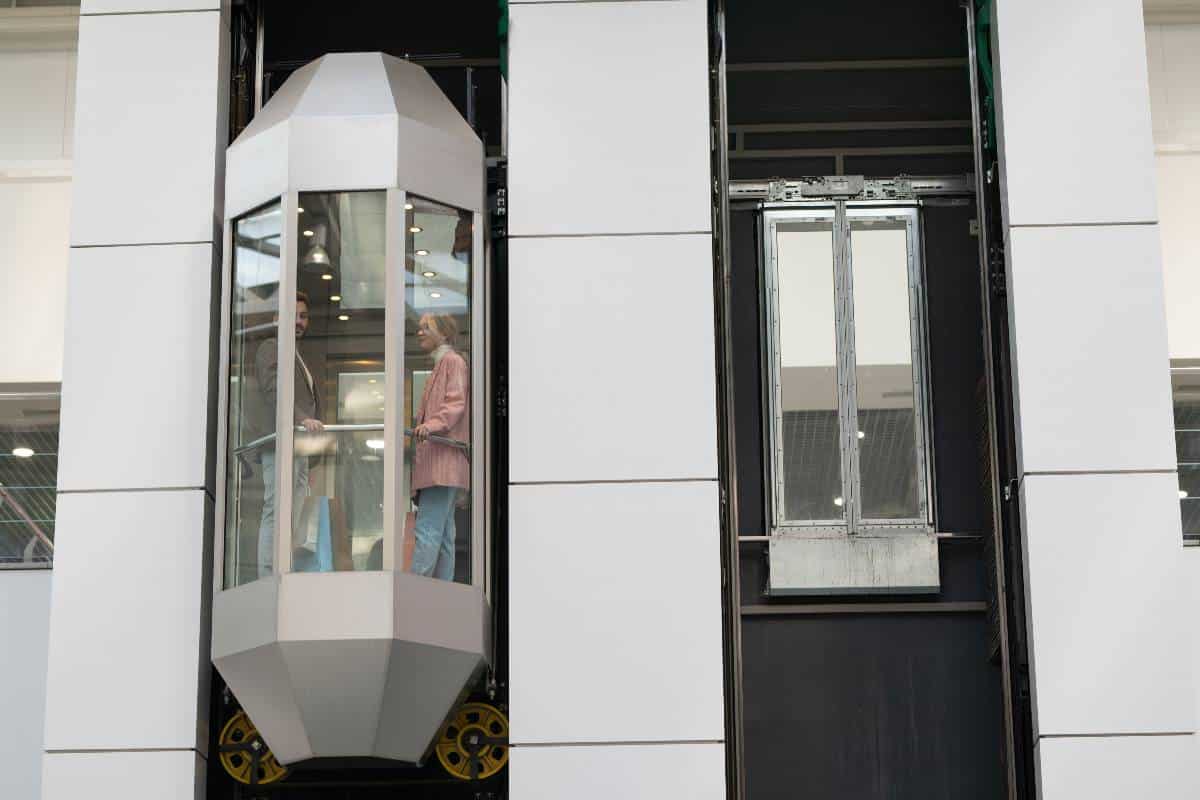Navigating buildings shouldn’t be an obstacle course for anyone. Yet inaccessible design still deters millions from easily entering businesses, workplaces, and public venues, and ensuring accessibility in commercial spaces benefits both owners by tapping wider patronage and communities by promoting equal participation. This article explores the value of thoughtful accessibility planning in properties to foster inclusion, independence, and dignity. You’ll learn practical tips to make commercial spaces welcoming for all by incorporating accessible design from the start.
Key Takeaways
- Complying with ADA accessibility standards makes commercial properties welcoming to people with disabilities, while also providing business and ethical benefits.
- Essential accessibility features like automated doors, tactile signage, and maintenance help foster inclusion.
- Following ADA codes for properly installing and upgrading amenities enables sustainable access over time.
Table of Contents
Making Commercial Properties Accessible: Legal, Ethical and Business Imperatives
Having over 18 years of experience representing commercial property clients, I often get asked – why focus on accessibility? There are moral, legal, and financial reasons why making spaces usable for disabled customers or tenants is critical.
- Morally, barrier-free access enables people with mobility, visual, or other limitations to fully participate in society with dignity.
- Legally, the Americans with Disabilities Act (ADA) Title III necessitates public accommodations be accessible. There are tax credits for going beyond compliance too.
- Business-wise, the disability market’s spending power gets overlooked. Accessibility draws more customers and enhances public perception.
Ultimately, accessibility in commercial real estate is an ethical obligation, legal requirement, and smart investment to increase a property’s value.
Now let’s explore key elements every business should implement.

Complying With The Americans With Disabilities Act (ADA) Standards
The ADA Title III provisions require equal access to commercial facilities and places open to the public. Any new constructions or renovations must meet codes that include:
- Accessible parking with proper signage and slope standards
- At least one wheelchair-friendly entry route from lots to buildings
- Interior routes linking key areas like seating, checkout, and restrooms
- Signage with raised letters and braille for the visually impaired
- And much more to prevent access barriers
Going beyond mandatory minimums earns tax credits up to $5,000 plus deductions. I always advise clients to maximize accessibility early in designs instead of later adding features. It blends harmoniously when included from the start.
Essential Accessibility Features and Design Considerations
When advising commercial property clients on designing or renovating retail, office, or mixed-use spaces, I emphasize these core components:
External Spaces and Routes
- Smooth walkways without obstructions for canes, crutches, wheelchairs
- Gradual sloped routes have railings and level platform resting zones
- Covered alcoves at pickup/drop-off areas protect from weather elements
Entries and Common Areas
- Automated sliding entry doors activated via push button or sensor
- Tactile directional indicators guide visually impaired individuals
- Revolving doors should have accessible adjacent entry options
- Level, spacious reception areas accommodate assistance animals
Interior Routes and Corridors
- Convenient interior ramps or elevators to upper floors
- High contrast markings define pathway boundaries and transition points
- Signs with large print, braille, and raised icons or letters
- Wide corridors allow passing room between mobility devices
It’s best practice to consult an ADA specialist to ensure full compliance. Minor details impact overall accessibility and safety.

Installation, Maintenance, and Upgrades For Accessibility Equipment
Installing accessibility infrastructure properly enables sustainable use and prevents injuries or legal issues. We advise:
- Hiring certified professionals adhering to ADA codes on placements
- Regular preventative maintenance checks to keep features functioning
- Upgrading amenities over time for easier accessibility and operations
- Prompt repairs if any breakdowns occur to avoid blocking access
Keeping a maintenance log helps track equipment age, warranty periods, and inspection schedules and identifies replacement needs.
Fostering an Accessible and Inclusive Environment
While physical building changes are crucial, I coach clients that creating an accessible culture matters too. Some best practices we recommend:
- Disability awareness training for all customer-facing staff
- Accommodating guide and assistance animals in spaces as needed
- Signage indicating available accessibility services and options
- Actively soliciting feedback from people with disabilities
Accessibility ultimately requires promoting equal rights and dignity for the disabled community.
FAQs
What tax incentives exist for commercial accessibility upgrades?
Federal tax credits up to $5,000 are available for small businesses improving ADA compliance voluntarily, plus tax deductions ranging from $15,000 to $75,000 for upgrading costs.
What are some typical basic accessibility upgrade costs?
Most small projects like adding lever-style handles, grab bars, or automatic door openers range from $500 to $2,500 depending on the building. Larger renovations can be $10,000 plus.
How can I train staff to interact with disabled customers respectfully?
Disability awareness training programs teach appropriate communication, avoiding stereotypes or assumptions, emphasizing ability not limitation, and properly assisting visitors while respecting independence.
What accessibility equipment has the highest maintenance needs?
Automated doors, electronic door openers, elevators, and wheelchair lifts have the most intricate mechanical parts requiring thorough inspections, lubrication, and part replacements after heavy use.
Where can I find ADA consultants or get technical assistance?
The ADA National Network provides free guidance to business owners. Also, search for nationally accredited ADA inspector credentials when hiring accessibility consultants. Reputable specialists advise both on compliance and maximizing inclusion.
The Path Towards Full Accessibility Starts With Awareness
The journey towards accessibility advances one ramp, doorway, and attitude at a time. As a commercial real estate specialist with over 18 successful years in the industry, I have witnessed firsthand the monumental positive impact that intentional accessible design has on businesses and communities.
Though the ideal of full inclusion remains on the horizon, progress already illuminates the ethical and economic imperatives of promoting accessibility. By raising awareness, enacting thoughtful policies, and making savvy design choices, commercial property owners can help lead the charge toward a society where equal participation is a reality for all people, regardless of ability or circumstance.
The path starts with awareness—and you now know to take those vital first steps for your commercial property. To discuss customized strategies for implementing accessibility best practices in your unique space, I encourage you to schedule a free consultation with me.
Together, we can turn possibility into practice to create commercial spaces that welcome the spectrum of human ability. The time for change is now—let’s have a conversation about how to get started on the path towards accessibility.




